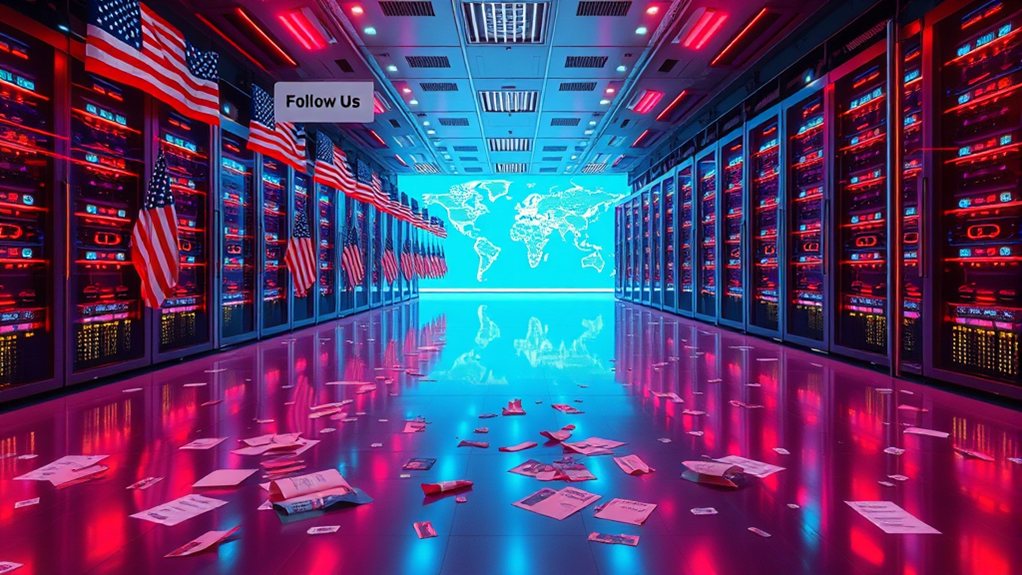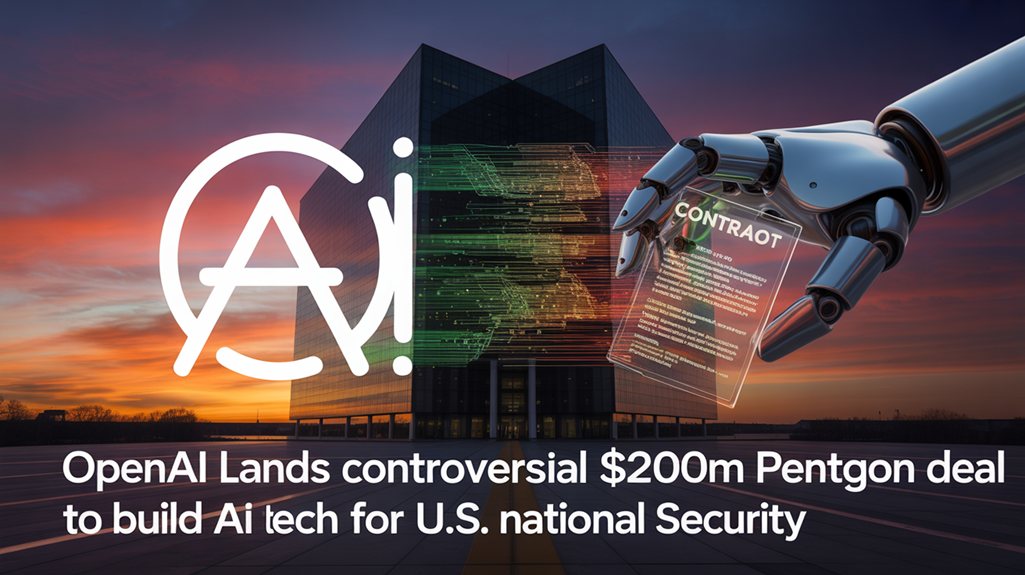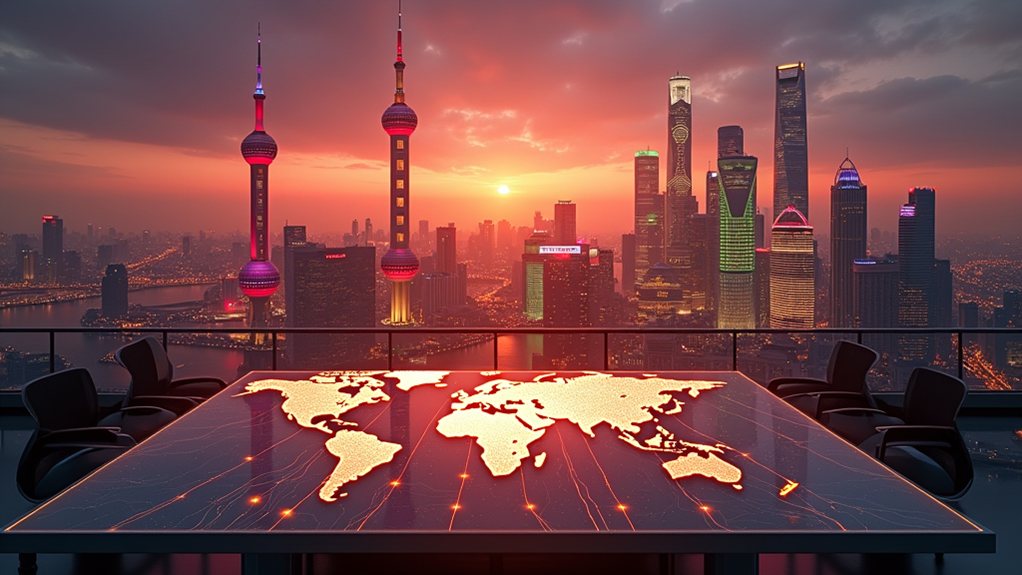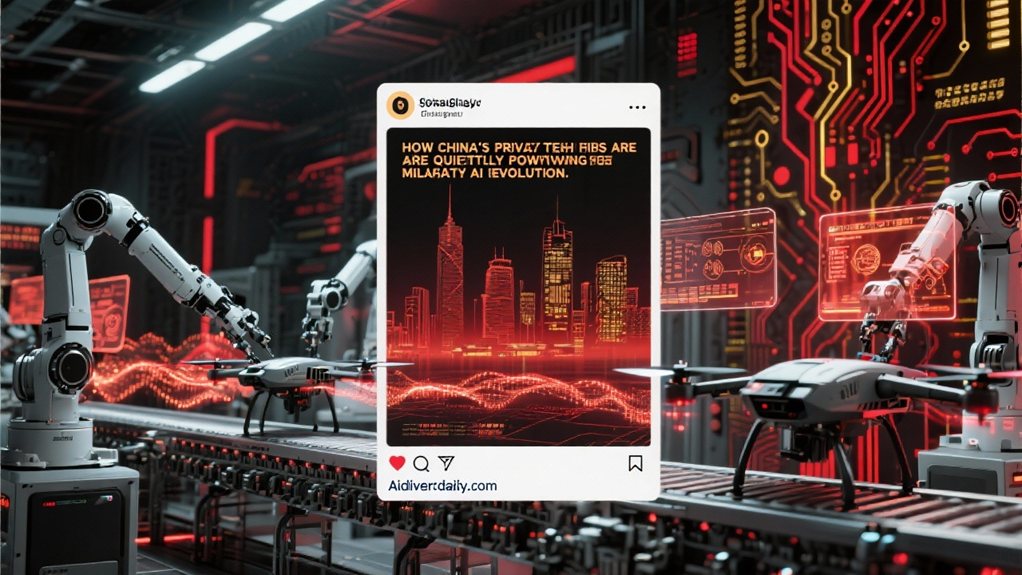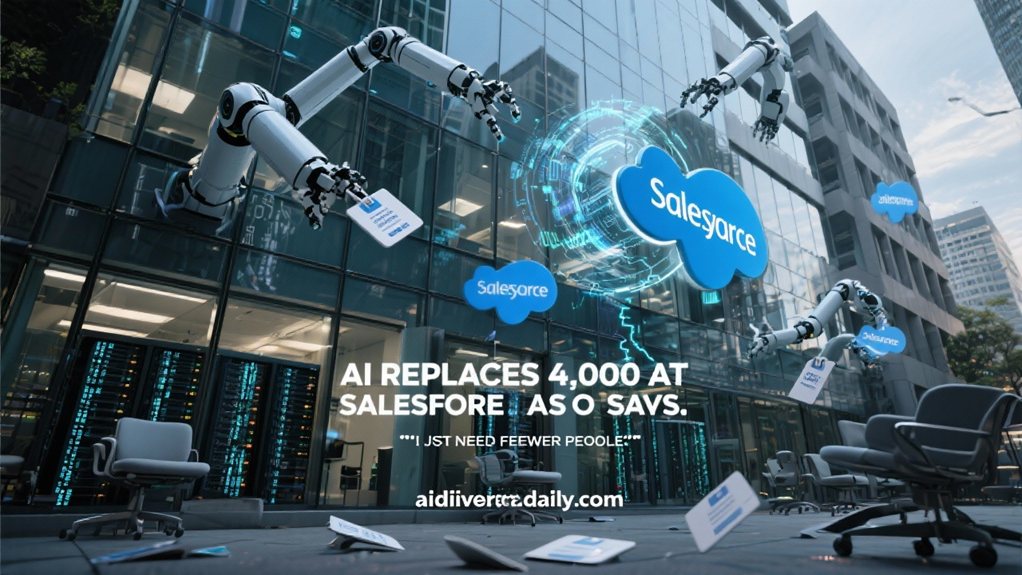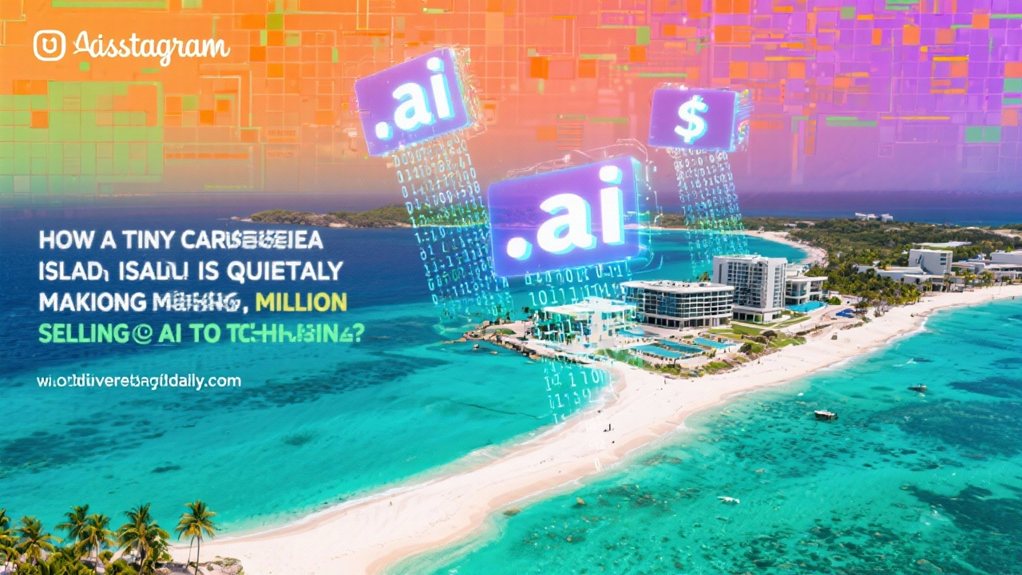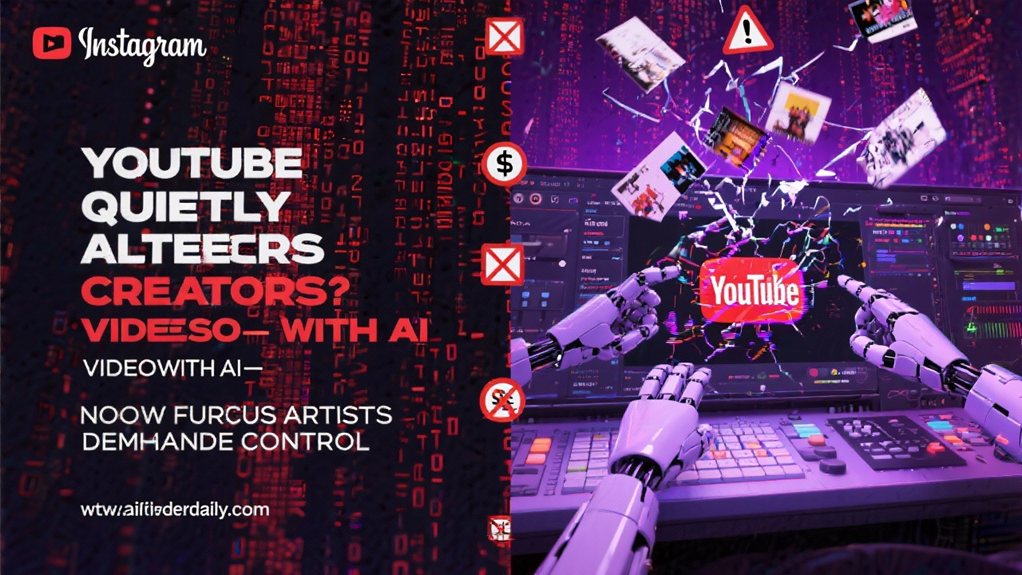Shadows of the past loom over Silicon Valley as Sam Altman, OpenAI‘s ambitious CEO, draws a startling parallel between his company’s artificial intelligence work and the Manhattan Project. Not exactly a comforting comparison. Altman hasn’t minced words about the scale of what they’re building—he’s flat-out said OpenAI operates at the same level of ambition as the program that gave us nuclear weapons.
Think about that. The same program that forever changed warfare and international relations is now the measuring stick for AI development.
The Manhattan Project: once our benchmark for scientific ambition, now the baseline for Silicon Valley’s AI aspirations.
The moral complexity isn’t lost on Altman. He’s channeling his inner Oppenheimer, wondering aloud if they’re “doing something good or really bad.” Sound familiar? It should. Oppenheimer famously quoted the Bhagavad Gita after the Trinity test: “Now I am become Death, the destroyer of worlds.” Altman paraphrases Oppenheimer’s justifications about expanding human knowledge. Great. Because that worked out so well the first time.
But here’s where things get messy. Nuclear bombs had one purpose—destruction. You could measure them. Test them. See the mushroom cloud. AI? Not so much. Its risks are fuzzy, diffuse, harder to quantify. With global AI growth projected at 38.1% annually through 2030, the technology’s reach extends far beyond any single weapon system.
Could be misuse by bad actors. Could be loss of control over superintelligent systems. Could be something we haven’t even imagined yet. Over 2,000 tech leaders have already called for a pause in AI research. They’re scared. And maybe they should be.
Elon Musk and Steve Wozniak have been particularly vocal in expressing grave concerns about AI development proceeding without adequate safeguards.
The regulatory challenges are even more complicated. The Manhattan Project was centralized—one government, one goal. AI development is happening everywhere, in companies big and small, across borders. There’s no agreed-upon definition for artificial general intelligence, no way to measure when we’ve crossed the threshold into truly dangerous territory.
Scientists who worked on the atomic bomb developed a culture of responsibility. They saw the immediate consequences of their work. AI researchers don’t have that luxury—or that burden. The effects will be gradual, incremental, maybe even invisible at first.
A Goldman Sachs report suggests these invisible effects might soon become glaringly obvious, with AI potentially disrupting 300 million jobs worldwide in the coming years.



